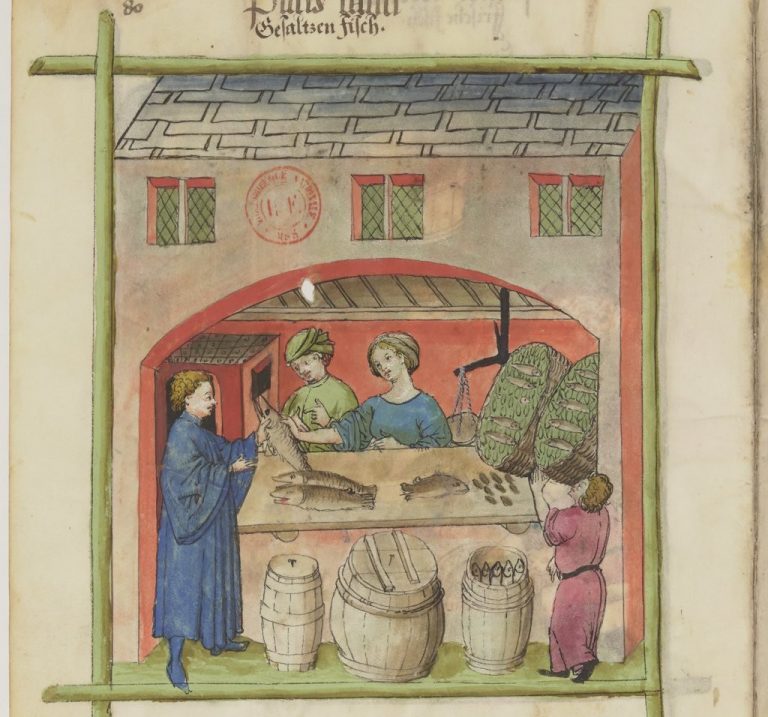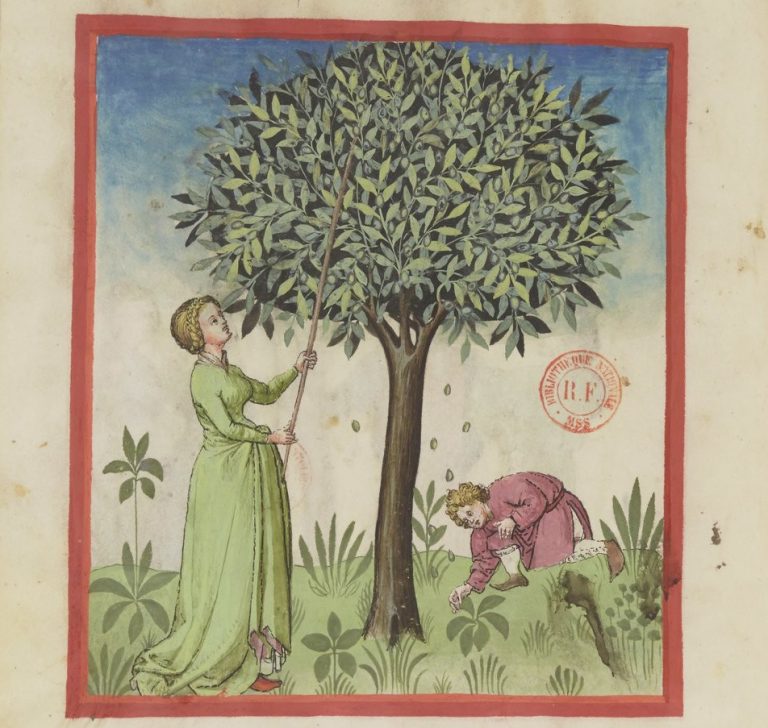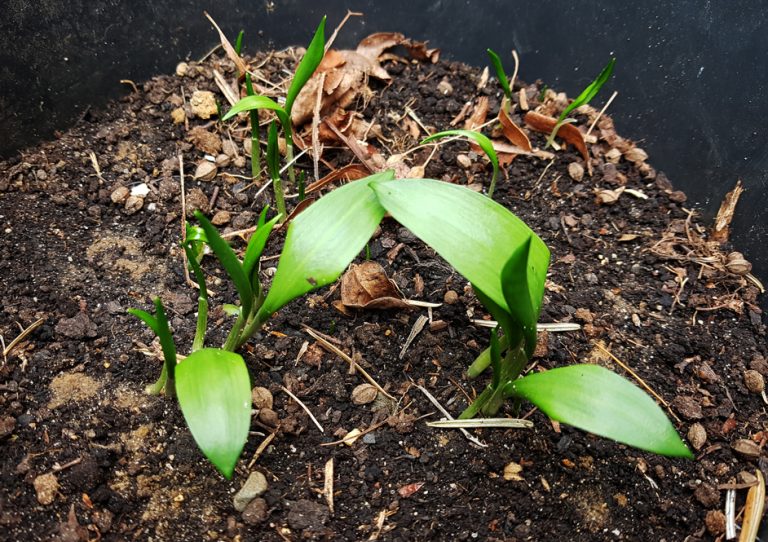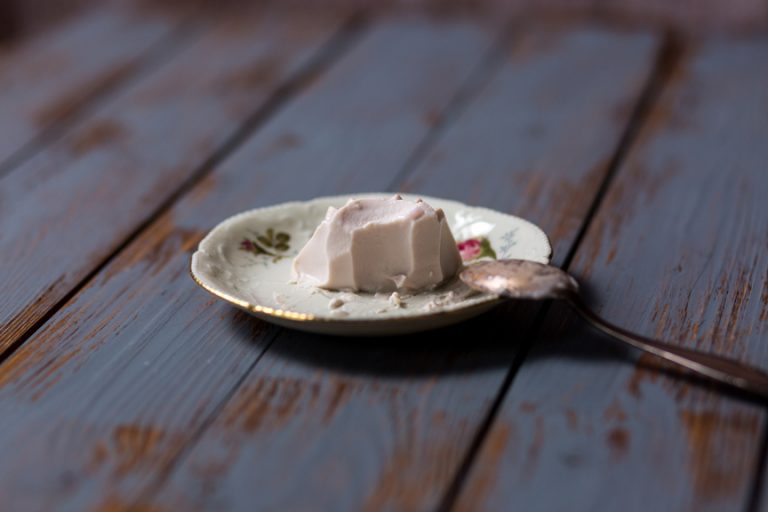Fasting was, and still is, an important part of religious life. Especially during the Middle Ages and Renaissance. There are many recipes that were specifically used during Lent. Even in the 17th and 18th century, you see many recipes in cookbooks which were inspired by the Lent. Keeping in mind that a third of the year was dedicated to fasting, it is not that hard to imagine that these recipes had a big influence on historical cooking traditions.
Lent
The catholic church installed many periods of fasting over time. There is, of course, the well-known Lent that lasts from carnival until Easter, which requires you to fast for 40 days. A lesser-known period in which people fasted was during the Advent period, which is the four weeks before Christmas. Apart from these two periods, people were expected to fast every Friday. In the Middle Ages, people in certain regions were sometimes expected to fast on Wednesdays and Saturdays as well.
The rules that applied to Lent differed regarding region and time period. One rule, however, was always the same for everyone: you were allowed to eat fish, but not allowed to eat any meat. This is why some recipes are titled ‘recipes for fish days’.
People in the Middle Ages and Renaissance got very creative in interpreting this rule. It was not uncommon for whales, porpoises or dolphins to appear on the menu. They are mammals but looked like fish after all. It is very interesting that beaver also appeared on the menu as ‘fish’. Medieval people reasoned that it was allowed to eat them because they spend most of their lives in the water, like fish. Beavers were mostly eaten by people who could afford it, as was whale, porpoise and dolphin. Beavertails were a delicacy and often marinated with spices or dressed with a pepper sauce.

Fasting does not automatically mean reflection or abstention. Sometimes, course after course was served consisting of exquisite fish dishes, beautiful sugarplums and edible showpieces. Medieval cooks really knew how to make a meal seem like it was a bird or a rabbit, while it was actually made of fish.
The cookbooks from the Middle Ages and Renaissance show that dairy was not on the menu during periods of fasting. That meant no cheese, cream, eggs or butter for cakes, puddings or pies. In medieval times they had a great solution to this problem: almonds. This rather expensive little nut was a tasty answer to the elite’s fasting problems. The almond is a great binder for puddings, cakes or pies. There are quite a few medieval recipes for almond milk and almond butter in cooking manuscripts.

Lent in the Middle Ages and Renaissance must have been a harsh time for the everyday working-class civilian. In the two periods of fasting, December and February/March, almost nothing was growing on the field and stocks ran out. This might have been a good reason for the church to install the fasting periods during the winter period: there was not much food anyway and so it kept the people calm.
Time to reflect
Every year between carnival and Easter I participate in fasting. I have been doing this every year since 2002, so you could say that I am writing a bit of history myself there. My reasons for fasting are not tied to religion, but I fast because I think this time period is ideal for a bit of soul-searching. The cold, wet winter is upon me and the vegetables, herbs and fruits I love so much are not in season at all. My entire body is longing for fatty, sugary foods. When Lent arrives I am more than done with all of it and I can be very happy with modest humble healthy food during Lent.
I am always thrilled when I see the first wild garlic leaves sprout in my garden. This signals the beginning of Spring, as well as the fact that al my favourites will soon be in season again.

When I was a young kid, we used to have a special small box in which we were supposed to put the candy we were not allowed to eat during Lent. I made my own fasting rules over time: no meat, fish, alcohol or sweets, everything in moderation and everything is home-made. Even pasta, tortillas and crackers, which usually come from a store, are all home-made. My husband loves this period of the year the most in which I cook and make everything myself. He always says it’s the tastiest time of year!
Blanc manger
The French court cook Guillaume Tirel (1310- 1395), also known as Taillevent, wrote a recipe for ‘blanc manger for Lent’ (white food) in his masterpiece Le Viandier. The same type of dish can be found in every cooking manuscripts from the 14th and 15th century, usually in multiple versions. Generally, the dish only included white ingredients. The base ingredients in the Middle Ages were almonds, rice, sugar and chicken. This whole dish went from a savoury-sweet one to a sweet dessert, which got rid of the chicken and the rice as well, most of the time.
This recipe from Taillevent was very appropriate for the medieval fasting period. The food at the court did not only have to taste well, but it also had to look good. This was a reason for Taillevent to colour his blanc manger. He could choose from using saffron (yellow), alkanet (red), azurite (blue) or parsley (green). I chose to use alkanet to make my pudding turn the colour pink, which you can see in the picture above.
Ingredients
100 grams of almond flour
400 ml of water
30 grams of rice flour
40 grams of sugar
½ tsp salt
1 tbs alkanet
Preparation
Put the almond flour and water in a pan and bring to a boil. Get it off the heat and let it cool a little. Strain the liquid using a cloth and collect the water in a bowl. You do not use the almond pulp for this recipe.
Put the almond liquid and the rice flour, sugar and salt in a pan and bring to a boil. Let simmer until it thickens. Put it in a larger bowl or four small dessert glasses and let it become stiff in the fridge.
If you want to give your pudding a nice colour you can put the alkanet into the almond milk and strain it out when you put the mixture in the cloth.

